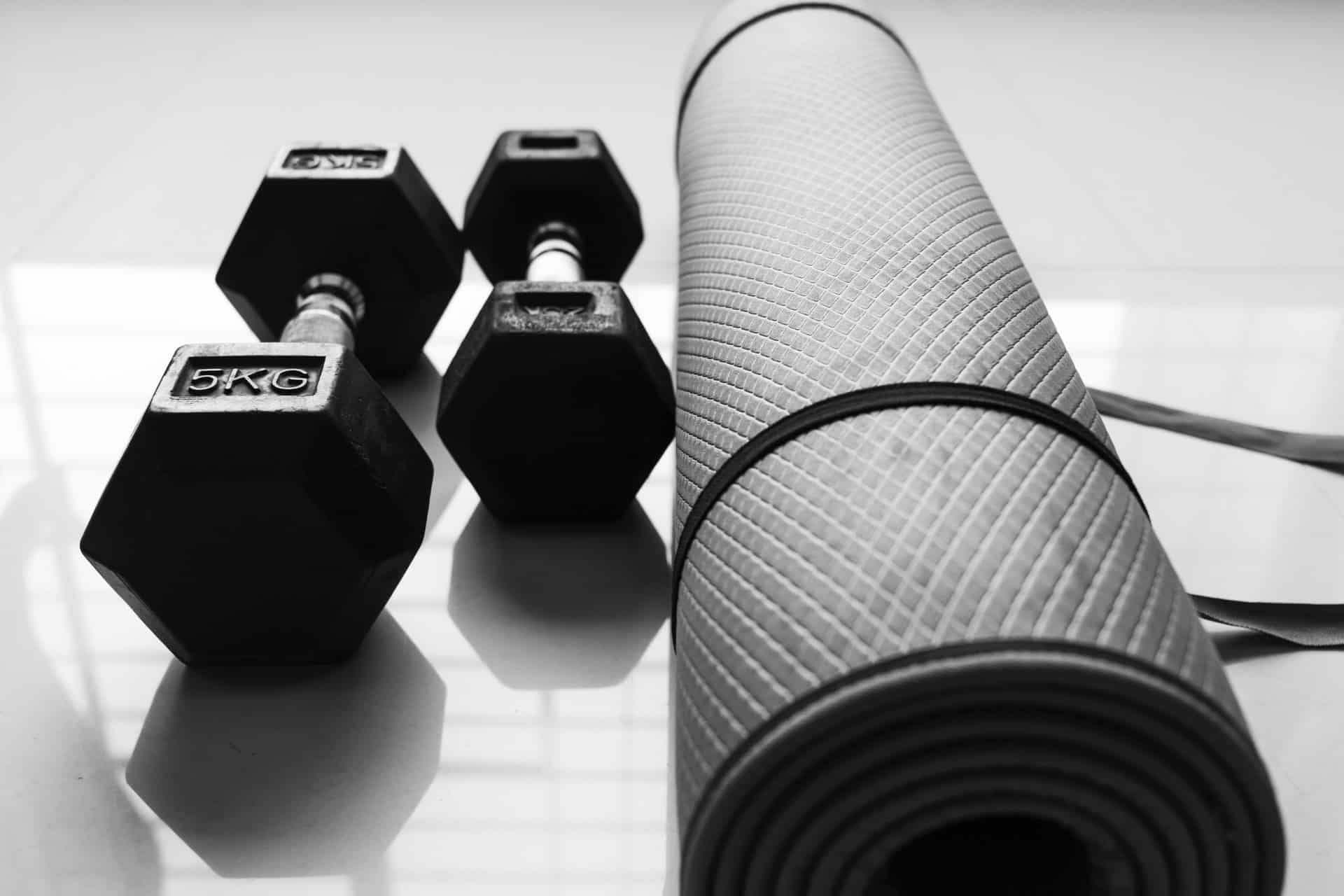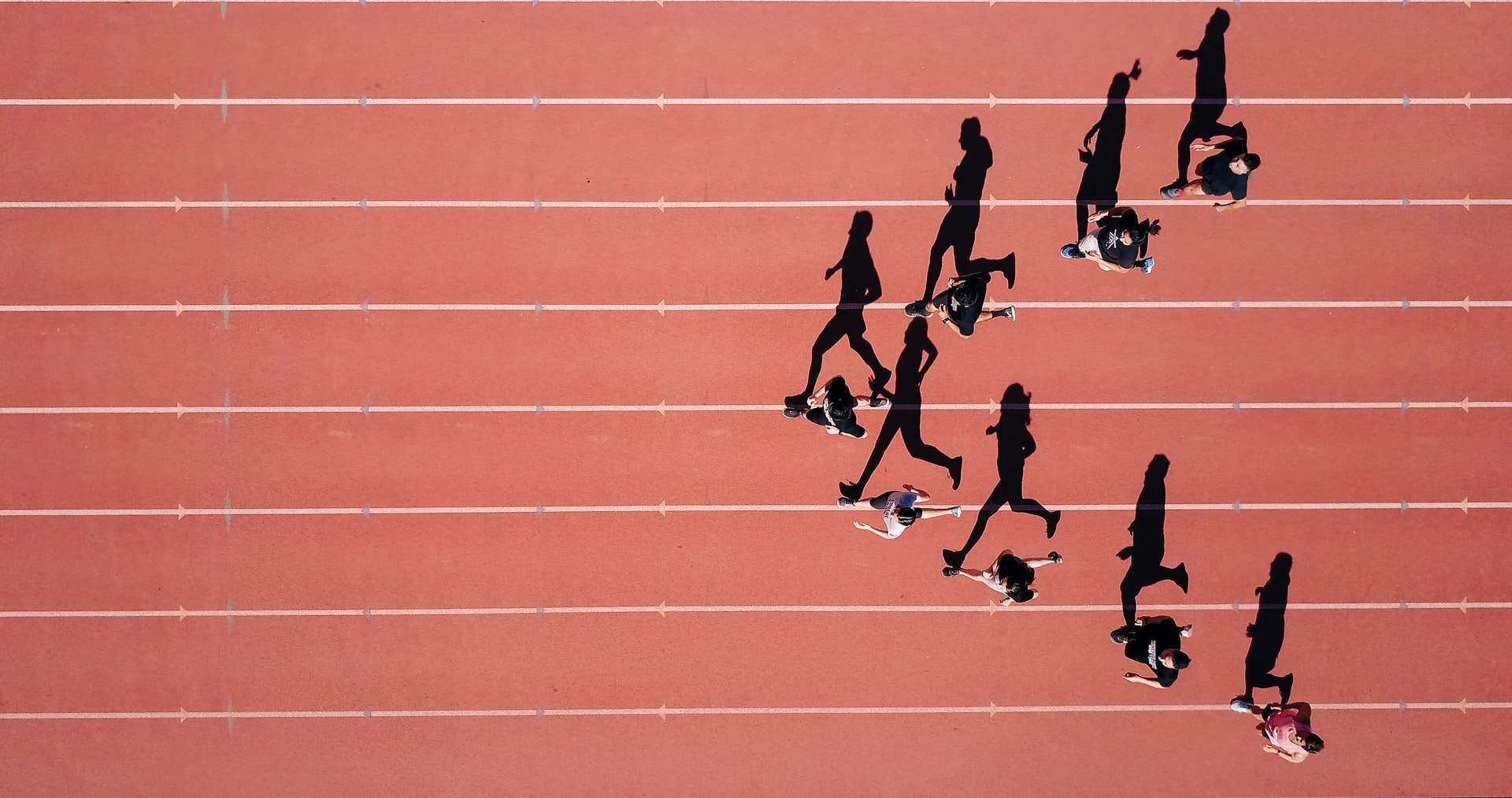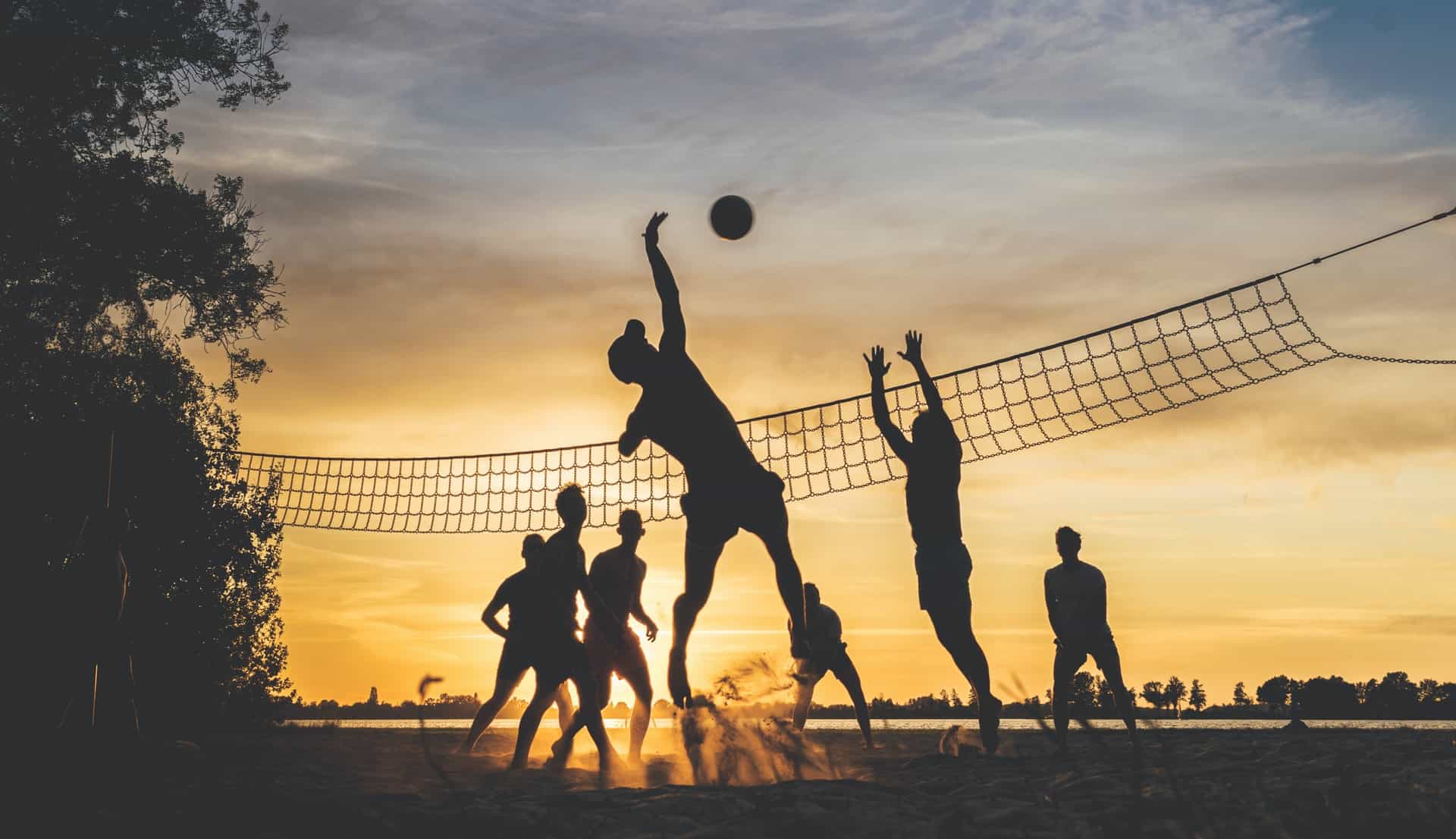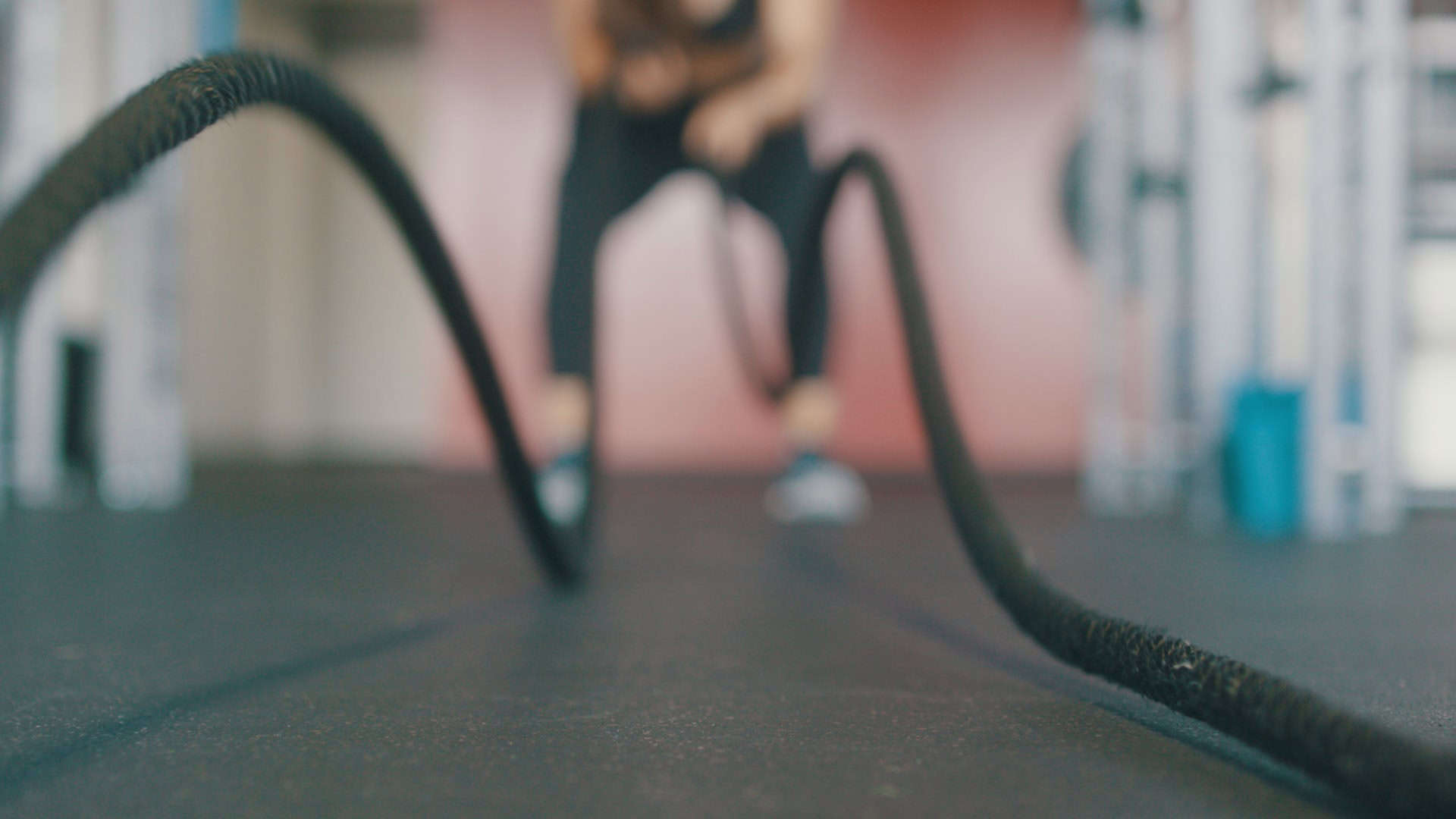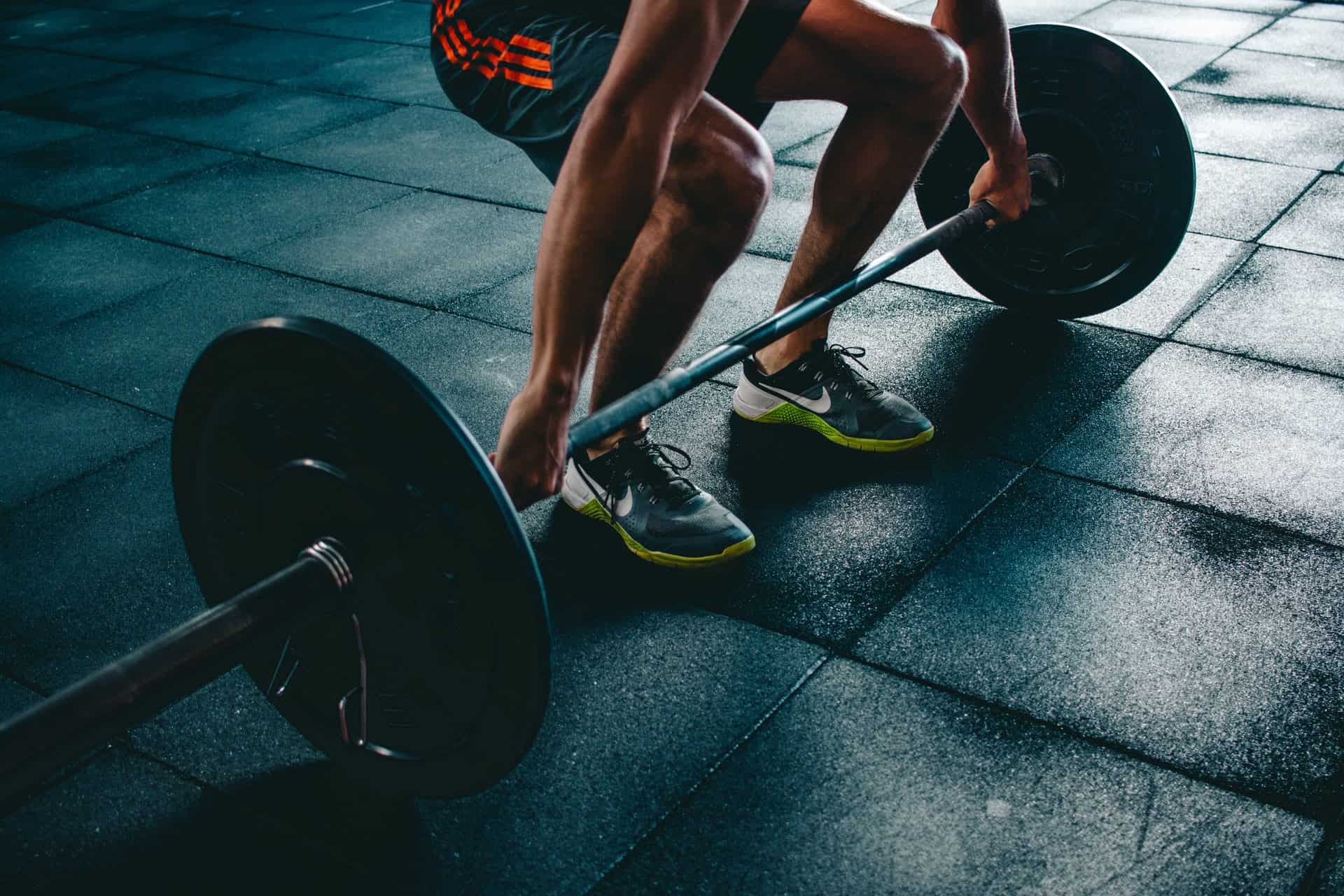No matter which unit you’re studying, we’ve got an easy-to-follow breakdown on everything you need to know in the VCE Physical Education Study Design!
Here we will take a look at each unit, and briefly dissect the topics and skills you will need in Physical Education.
Let’s get into it!
What is the most important part of the Physical Education study design?
Unit 1: The Human Body in Motion
Unit 2: Physical Activity, Sport and Society
Unit 3: Movement Skills and Energy for Physical Activity
Unit 4: Training to Improve Performance
What is the most important part of the study design?
The entire study design is relevant, so when you have time, reading the whole thing will be a great way to understand the course.
But we’ve made a succinct article taking a look at the key knowledge and key skill sections!
These highlight the concepts that you will need to know in assessments and key content, and the skills you will need in VCE Physical Education.
The Study Design: Unit 1 Physical Education
The focus of Unit 1 is the human body in motion. In each unit of VCE Physical Education, you will be assessed on areas of study.
For Unit 1, there are three. Let’s work through them!
Area of Study 1
The first area of study is How does the musculoskeletal system work to produce movement?
In short, this Area of Study is meant to give you an understanding of how the musculoskeletal system functions and certain limiting conditions.
In any VCE study design, the ‘key knowledge’ section of each area of study will give you a brief outline of each topic you will learn about in that area of study. Reading this can help clarify any confusion about what kind of content you should be covering.
So what can I take away from Area of Study 1?
Each topic that you cover is stated in the ‘key knowledge’ section of the study design. This section is the most relevant sections for students hoping to get an understanding of what they need to learn for their course!
In essence, the key knowledge for area of study one is an overview of the important concepts and terms that occur throughout the entirety of VCE Physical Education. This includes knowledge about the major muscles of the human body, how they work and what actions they are used for.
The knowledge about muscles is very important to later content covered in the Physical Education course as it forms the basis for understanding energy systems, movements in sport, injuries and the affect of substances on the body. A great way to get ahead is to familiarise yourself with the major muscles of your body and learning about what each muscles does!
Area of Study 2
The second area of study is about investigating how does the cardiorespiratory system function at rest and during physical activity?. This area of study aims to increase your understanding on the way our body works and uses oxygen and blood to live, and then how this function changes when we exercise.
In this area of study, you build on your knowledge of how muscles work, beginning to understand the ways our body supplies our muscles and organs with energy and nutrients. You will need to understand the different parts of sub-anatomy within our lungs, hearts and blood vessels.
So what can I take away from Area of Study 2?
Well, again, let’s look at the key knowledge section. So get out your study design!
The key knowledge all centres around criminal law, and goes into more detail than Area of Study 1. One of the best things you can do is thoroughly learn the key concepts of the structure and function of the heart and lungs and how they work, and the flow of blood throughout the body and to muscles, and start applying these to some made up scenarios in your head.
For example:
Our muscles need more oxygen when we exercise. Muscles receive oxygen through blood, which comes from our heart.
Therefore, when we exercise, will our heart pump more or less blood than when we are resting?
Keep working through scenarios like this to help better your understanding whilst also getting to be creative!
The Study Design: Unit 2 Physical Education
In Unit 2, you will explore physical activity, sport and society. This will include participation in practical activities, you will explore and experience different types of physical activity and gain an appreciation of the level of physical activity required for different health benefits. You will also start to consider how physical activity can vary across different age, social, cultural and environmental groups and contexts.
Be prepared for this area of study to be uniquely different to the previous one. In Area of Study 1 you were asked to learn about very technical inner workings in our body in regards to physical activity, now you have to consider how physical activity can impact people and communities on a larger scale.
Area of Study 1
The focus of Area of Study 1 is about asking the question: What are the relationships between physical activity, sport, health and society?.
In this Area of Study, you will look at the role of physical activity, sport and society in developing and promoting healthy lifestyles and participation in physical activity across the lifespan.
So what can I take away from Area of Study 1?
The main focus of Area of Study 1 is the focus of physical activity in a person’s daily life. Something that may help you throughout the entire Physical Education course is considering the content and how it applies to you.
Start thinking about how you use physical activity in your daily life, and then compare it to others around you, including your friends, siblings and parents. This will make the information that you learn understandable and relatable, as well as helping your mind solve problems around these areas — a major focus of Unit 2 Physical Education.
Area of Study 2
The focus of Area of Study 2 is What are the contemporary issues associated with physical activity and sport?
You will focus on a range of contemporary issues associated with physical activity and/or sport at the local, national and global level. You will focus on one issue in detail in regards to physical activity and/or sport.
So what can I take away from Area of Study 2?
In Area of Study 2, you will continue to delve deeper and in more detail through the information covered in Area of Study 1. This Area of Study helps build your research skills and the ability to apply what you have learnt to a real world situation.
You will need to be able to explain the role of the social-ecological model and the Youth Physical Activity Promotion Model, key concepts associated with your contemporary issue and the different individual and environmental considerations surrounding your issue.
This can be a tricky area of study to cover because it can be so broad, so a tip to help is to focus on your issue through a personal lens, thinking about how you or someone you know would be affected by the situation you choose. This helps you consider the complete array of influences that could affect your contemporary issue.
The Study Design: Unit 3 Physical Education
The focus of Unit 3 is movement skills and energy for physical activity.
A fundamental part of this unit is your ability to understand the information learnt in Unit 1 and build on that, so make sure you’ve revised!
Area of Study 1
Area of study 1 asks students to consider How are movement skills improved? Through this, you will consider different types and categories of skills, the link between skill development and performance, physical laws of human movement, practice strategies to improve skills and more.
So what can I take away from Area of Study 1?
At first glance a lot of the foreign terms in the key knowledge section may appear scary, however once applied to the context of sport and what you have been covering for a year, it becomes more understandable.
Once you’ve learned these terms, one of the most important things is being able to actually apply them in various contexts. Again, try thinking about the terms and concepts in relation to how you would perform a movement, skill or sport and it becomes a whole lot easier to wrap your head around!
Area of Study 2
The focus of Area of Study 2 is about investigating the question how does the body produce energy?
In this Area of Study, you will explore the different body systems that interact to supply our working muscles, as well as understanding the three different energy systems and associated fuels for different activities and intensities.
So what can I take away from Area of Study 2?
Area of Study 2 can be extremely in depth so the best recommendation is to make sure that you are across the content covered in Unit 1. This means understanding what muscles need to work, how our body uses blood to transport products to and from muscles and what happens to those functions when physical activity increases or decreases.
The three energy systems is what trips up a lot of students, so let’s prepare for this in advance by going over our different fuel sources (the core of the three energy systems). ATP-CP, Anaerobic Glycolysis and the Aerobic system all have different rates of ATP production, ATP yield, fatigue factors, limiting factors and recovery rates so creating a table at the start of the unit to refer to can really help fully understand the concepts and prepare you for practice questions.
The Study Design: Unit 4 Physical Education
The focus of Unit 4 is Training to improve performance. This unit will have you building on the knowledge from Unit 3, digging deeper into analysing movement skills and body performance factors and then considering and applying relevant training principles and methods to improve performance for a given athlete.
Area of Study 1
Area of Study 1 explores What are the foundations of an effective training program? This Area of Study will improve your understanding on the core fundamentals of a training program for an athlete.
You will be given an activity analysis project and asked to use data collected from it to inform your training program.
So what can I take away from Area of Study 1?
Students tend to be disheartened at this unit because of the emphasis on data collection but the key is to remember that you have done this before, only now you yourself are retrieving the data instead of it being given to you. The key to doing well in this unit is to brush up on your movement skills knowledge from Unit 3 Area of Study 1.
Area of Study 2
You’ve made it! The last area of study for VCE Physical Education. This Area of Study asks the question How is training implemented effectively to improve fitness?
This area of study builds on your learning from the previous one, applying the training principles to the different factors involved in an athletes performance, including the sport they play, the different skills required and the different physiological factors that influence performance for that sport.
So what can I take away from Area of Study 2?
The final Area of Study brings together all your learning across the two years and applies it into improving an athlete’s performance. The key tip that helps a lot of students is thinking backwards from the sport.
Instead of thinking about what training principles to implement, think about what the sport requires. The key to doing this is to focus on your knowledge about energy systems from Unit 3 Area of Study 2.
One last thing you might be wondering: How do your marks contribute to your study score?
Study scores are the end result of your hard work in Units 3 and 4. You might be wondering how all of this information and knowledge will contribute to your score.
Well, it’s covered in the study design, and according to the study design, your school assessed coursework in Unit 3 (SACs) will contribute to 25 percent of your study score. 50 marks are allocated for outcome 1, your assessment/s for Area of Study 1, and 50 marks are allocated for outcome two, which is your assessment/s for Area of Study 2.
This adds up to 100 total marks, which then becomes 25 percent of your overall study score.
For Unit 4, 40 marks are allocated to your outcome 1 SACs, and 60 marks are allocated to your outcome 2 SACs, with 100 marks overall. This then becomes another 25 percent, making Units 3 and 4 combined worth 50 percent of your study score.
This leaves the other 50 percent of the score to your end of year exam.
So good luck and have fun! Go have a read through of the study design, and enjoy VCE Physical Education!
Are you looking for some extra help with preparing for your VCE Physical Education exam?
We have an incredible team of VCE tutors and mentors!
We can help you master the VCE Physical Education study design and ace your upcoming VCE assessments with personalised lessons conducted one-on-one in your home or online!
Check out our VCE Physical Education tutoring support in Box Hill! Live in Cranbourne? We offer tutoring there too!
We’ve supported over 8,000 students over the last 11 years, and on average our students score mark improvements of over 20%!
To find out more and get started with an inspirational VCE tutor and mentor, get in touch today or give us a ring on 1300 267 888!
Joshua Kulasingham is currently a Content Writer at Art of Smart. He completed a Bachelor of Science and a Masters of Occupational Therapy and has written for a variety of charity organisations and has worked for educational resource companies. In addition to this, he has had a variety of tutoring experiences with different students. In his free time, he loves playing basketball, playing the drums and hanging with friends!

